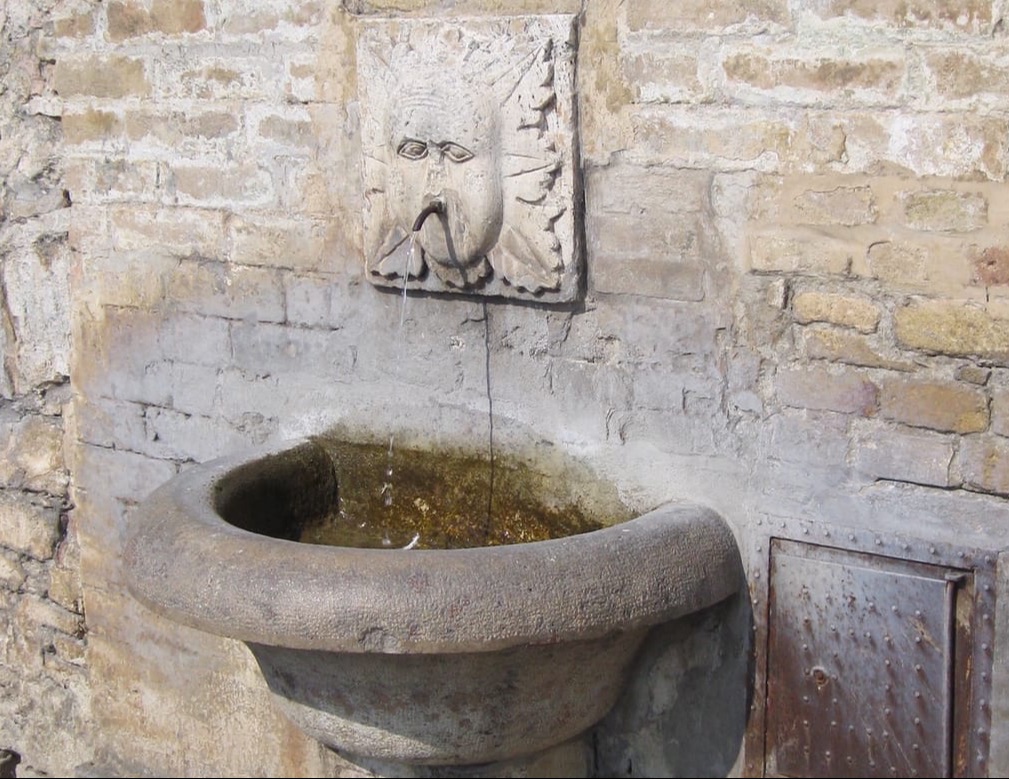EUROPEAN GREEN PILGRIMAGE NETWORK
The 2017-2022 Interreg ProjectThe European Green Pilgrimage Network (EGPN) is an advisory partner in the 2017-2022 Interreg Europe project aimed at promoting green pilgrimage in Europe.
Funded by the European Union, other partners are:
The Green Pilgrimage Interreg Europe project was launched in Canterbury in May 2017 at a meeting hosted by the EGPN. This included a site visit to learn about the Green Pilgrimage Canterbury Partnership model of engaging the local community by drawing in more than 40 partners to green the pilgrimage city of Canterbury. The project will also involve visits to major pilgrimage destinations in Europe. For example, this will include visiting Trondheim, Norway, to learn about best practice on creating routes, route maintenance, |
signposting and low carbon transport. Other visits will include Santiago de Compostela, Spain, to learn about how pilgrimage can generate jobs and income, and Vadstena, Sweden, to explore modernising pilgrimage through digital innovation. A series of action plans will also be developed over the next three years to increase green pilgrimage and its practice.
|
Interreg best practice
|
A variety of best practice has come from previous Interreg projects. For example, the 2012-2014 CERTESS project (Cultural European Routes Transferring Experience, Sharing Solutions) was an interregional project implemented by 12 regional partners of 10 European member countries.
It aimed to build a framework of how to develop and manage Cultural Routes through the adoption of route development best practices. These best practices were designed to add value to local cultural and natural heritage and promote local enterprises and products along the routes. |
With thanks to Creative Commons photographers. Picture credits, from top: Lighting candles, by Lucas Klamert; water fountain in Assisi by Susie Weldon

